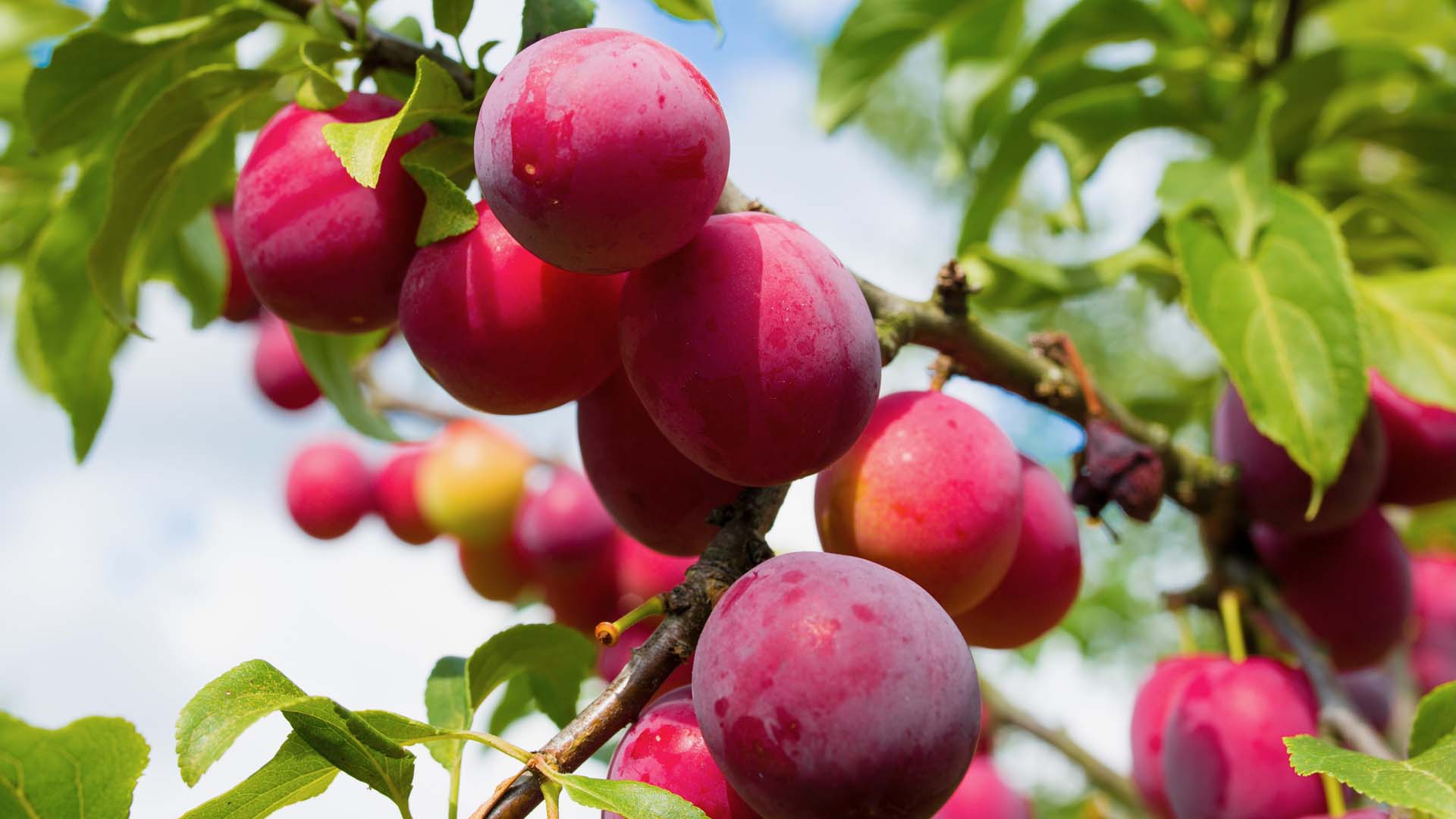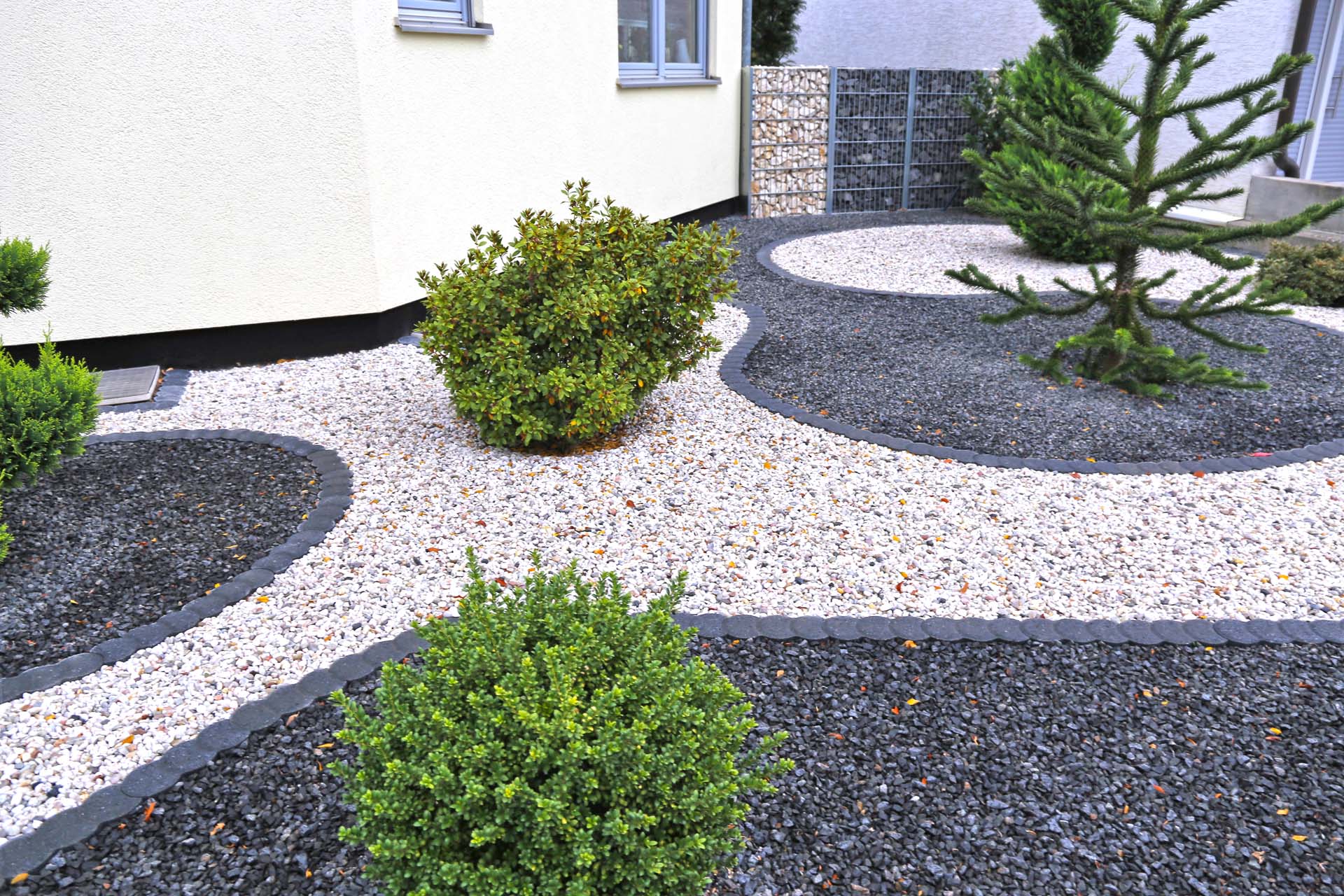
Gravel stones are one of the most versatile materials you can use in a garden. As well as being an attractive addition that can transform your outside space from drab to fab, they’re affordable and low maintenance. They also have a few other practical benefits, including suppressing weeds and aiding drainage.
With so many types of gravel available, all differentiated by colour, shapes and size, it can be difficult to work out what’s best for your garden project.
If you’re struggling to select the best variety for your garden, we’ve put together a guide to the main types of gravel and where they work best.

The natural earthy tones of pea gravel (sometimes known as pea shingle) adds warmth to a garden and particularly suits period homes, although it looks equally as stunning in contemporary setting.
Smaller sizes, such as 6mm (0.2in) can be used to infill spaces between paving and borders, while larger stones can be used for pathways and driveways. Using a layer of gravel as a mulch will help to retain moisture in the soil and suppress weeds.
Pea gravel makes a good choice, ideally in a light tone such as Cotswold buff, which will brighten up any bed and better protect roots from heat damage. The RHS says, “dark coloured material will warm the soil in the sun, whereas light coloured mulch, such as white gravel, will reflect sunlight and keep roots cooler in strong sunlight.”
Pea gravel of 10mm (0.4in) or below resembles cat litter and is best avoided in the garden if you want to deter cats from doing their business on your blooms.
Pea gravel can also add an attractive decorative layer if used on the top of soil in garden pots. I particularly like adding pea gravel to my potted geraniums as it gives the plants a lift and sets off the bright flowers.
It’s also available in small bags which means you won’t have to purchase a bulk weight of the stones just enough for topping your pots.

“Limestone is a very versatile option,” says Cindy Tsui, Outdoor Leisure and Structure Buyer at B&Q.
“It can be used for pathways and areas in the garden as it’s durable and ideal for heavy footfall and usage, including driveways,” she says, “although it also has decorative qualities and can be used in rockeries and ornamental water features.
“Its very light hue can help to lift the colour and feel of any garden corner,” she adds.
“This traditional aggregate also works well as a topping for beds and borders and can be a helpful aid in the war against weeds.”
Medium-sized gravel between 10–20mm (0.4–0.8in) is ideal for pathways, but you also need to select a stone that is easy to walk on. It’s the same for driveways. Choose a gravel between 14–20mm (0.56–0.8in) that won’t move around too much – a crushed angular stone is best.

Slate’s contouring is quite different to other chippings used within the garden. Tsui describes it as “a flat slice of decorative stone”, and recommends it for “covering flower beds or when edging areas”.
It can also be used to link areas: “A hard, durable stone like slate is a good option if you’ve used granite as a surface in a kitchen and want visual consistency from the inside to out,” she says.

Granite gravel is a hard and is available in a range of colours including silver, grey, black, red and even green. Granite is ideal for drives, paths and rockeries and will keep its colour for many years.

Basalt, like granite, is another good option if you’re looking for a hardwearing stone. Darker colours, such as black and grey are particularly popular with gardeners seeking a contemporary look for their gardens and driveways. Grey basalt will also darken to black once wet.
Stone Warehouse states basalt is the perfect chipping for gardens due to its “resistant nature to moss growth”.
Tip: If you have a problem with slugs, sharp gravel will help to prevent them from reaching your prized specimen plants.

To brighten up a garden, choose marble gravel as its light tones will reflect sunlight. For a soft look, opt for tumbled pebbles (20–40mm, 0.8–1.6in) or cobbles (40–90mm, 1.6–3.5in) with smooth edges. For something small and sparkly, try polar white dashing (3–8mm, 0.2–0.3in).

“If you’re looking for something that works well in high-traffic areas, round brown decorative stones may be the best choice,” says Tsui.
“This decorative stone, which has been smoothed and shaped by water, is available in a range of colours and also shows colour variation within individual stones.”
Blooma Naturally Rounded Brown Decorative Stones, RRP £8
It’s also a good choice for pathways, as it's comfortable to walk on. But Tsui warns: “do be aware that pathways and driveways will need to be edged to help the gravel stay in place.”
To stop your gravel from straying you could try this decorative Bradstone Old Granite Paving Edging, (B&Q, £11.50) which I’ve used in my own garden, or the discreet Gravel & Paving Edging Black (Wickes, £39), that’s hidden from view.

Self-binding gravel – a mixture of dust, sand and clay – gives the natural effect of loose gravel but with a firmer finish.
It’s a good choice when you want a more compact surface, making it perfect for high-traffic areas such as driveways and pathways, and for sloping gardens where standard gravel will shift.
If you’re stuck working out how much gravel you need for your project, Decorative Aggregates has a handy gravel calculator.
With her 30 years of experience, Camilla Sharman has covered a wide range of sectors within the business and consumer industries both as a feature, content, and freelance writer. As a business journalist, Camilla has researched articles for many different sectors from the jewellery industry to finance and tech, charities, and the arts.
View author page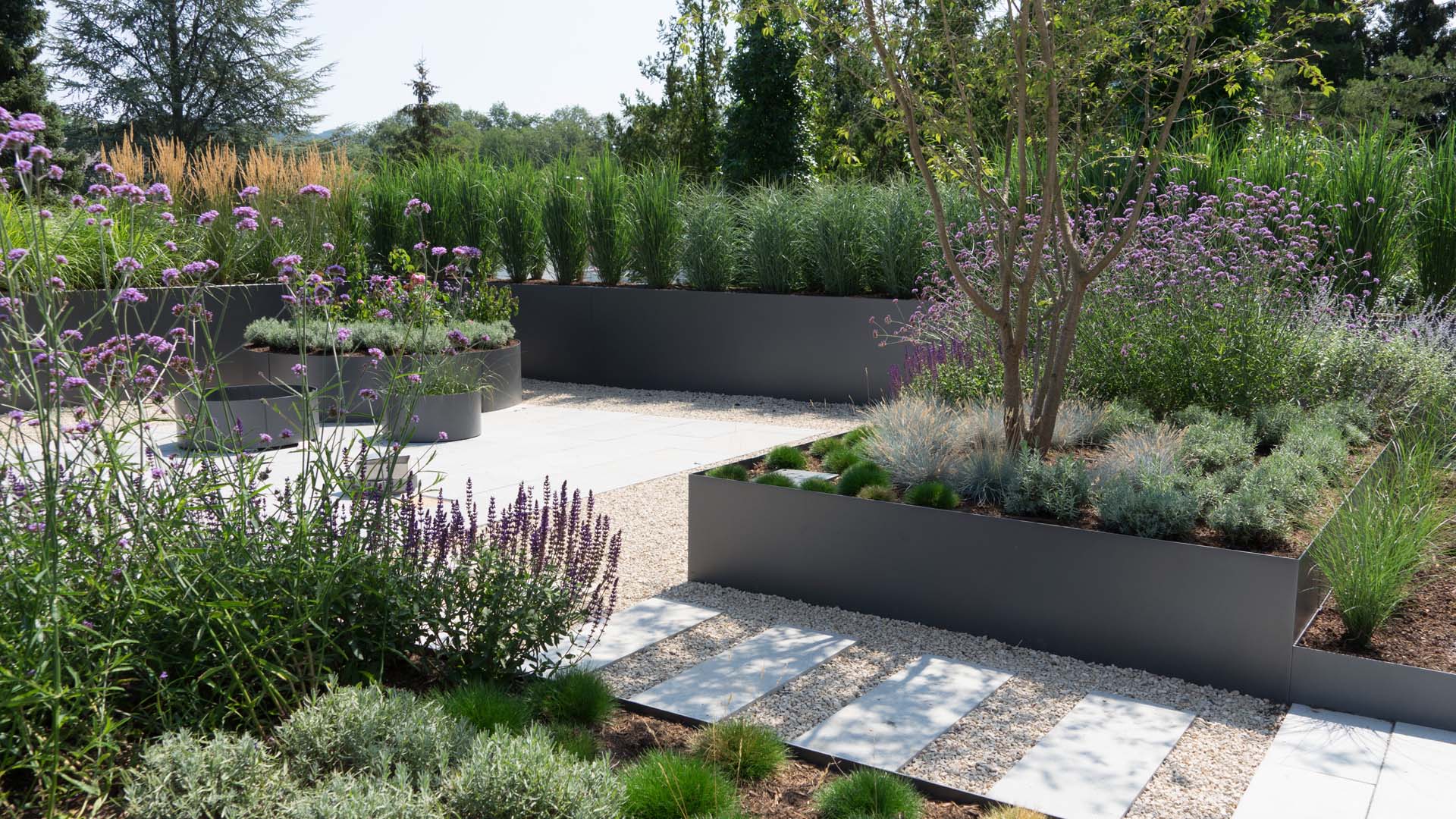
Love your garden, but don’t have enough time to look after it? We’ve got many ideas to reduce your work load.

Our best trees for small gardens offer character and colour.
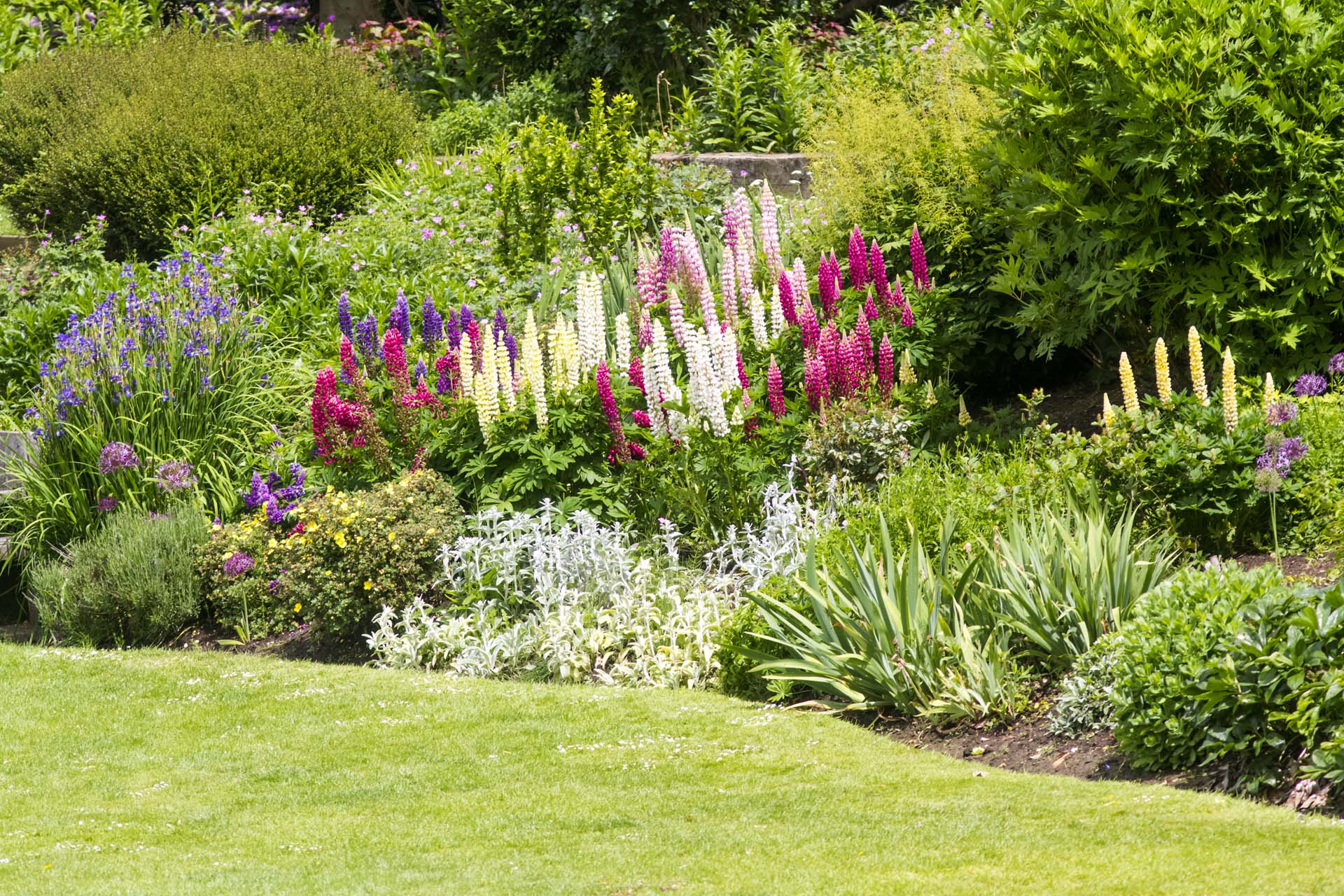
Create a beautiful border with minimum effort.
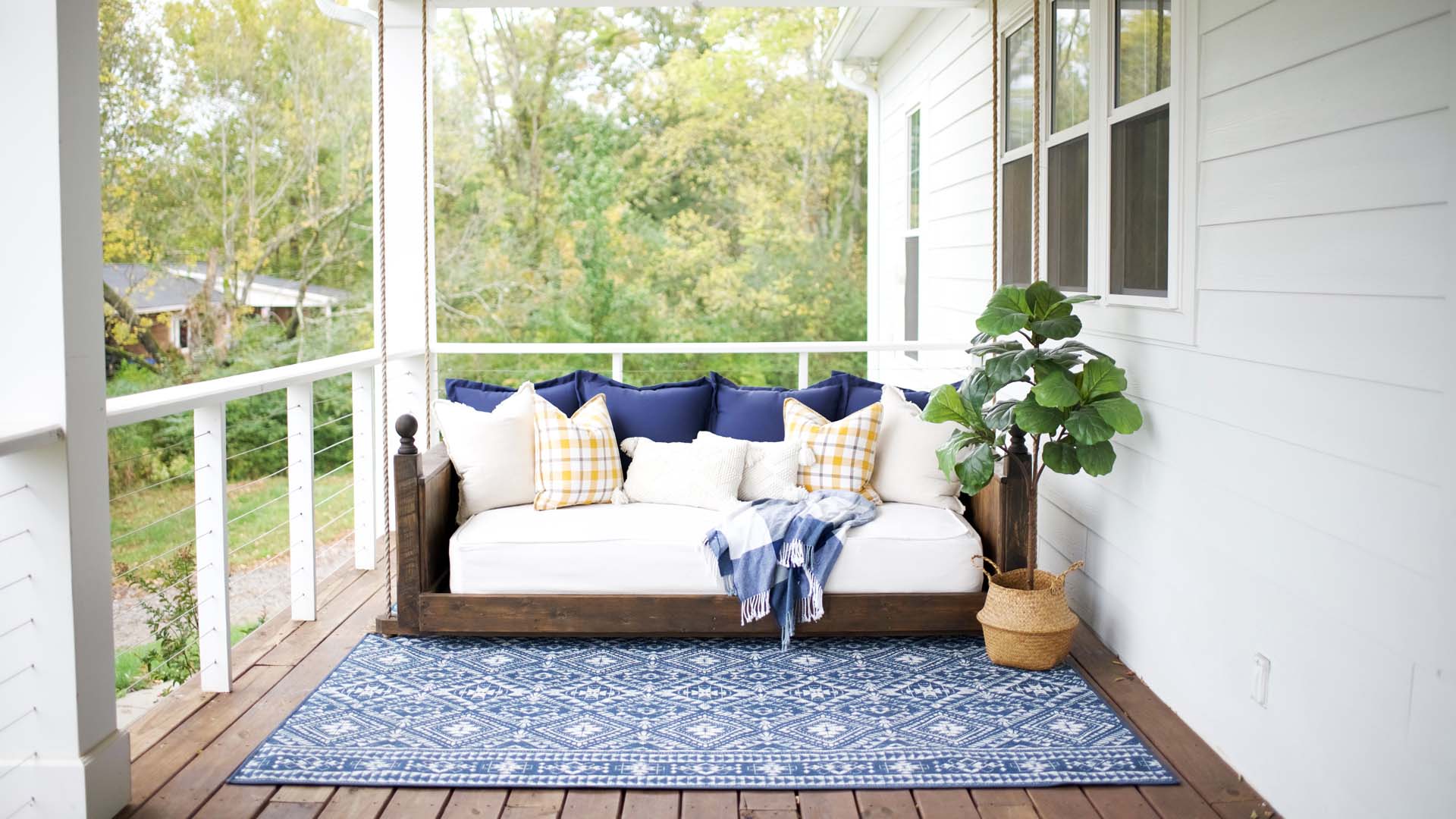
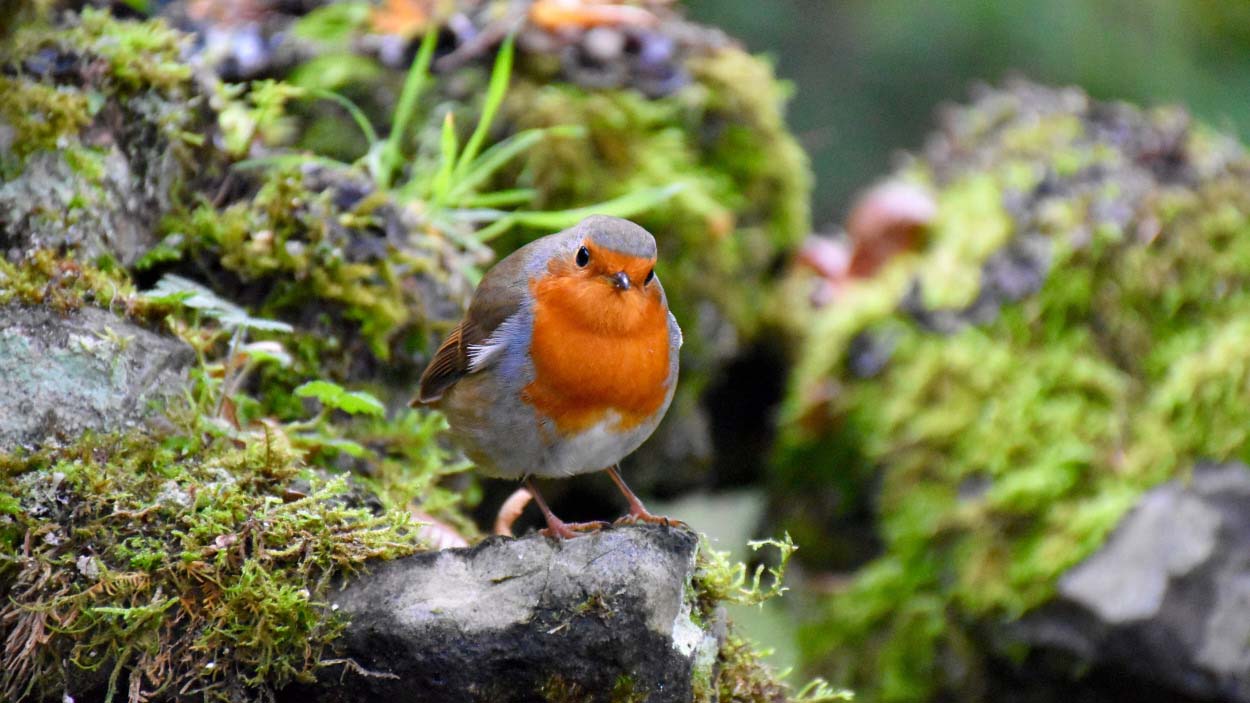
Try these clever ways with rocks, pebbles and boulders to transform your terrain.
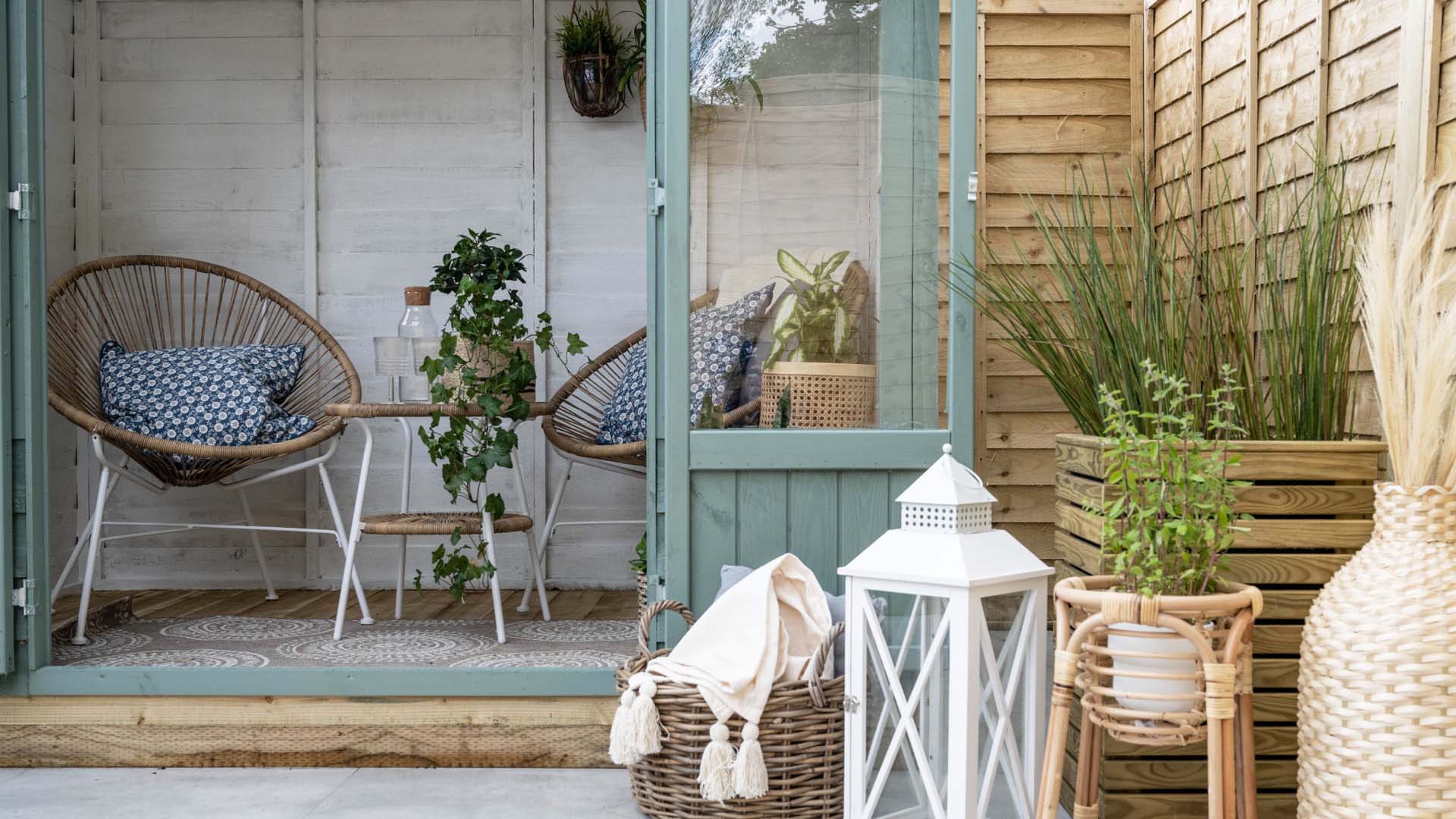
Discover how to make a small garden look bigger with our useful guide that’s crammed with easy tricks, from your choice of floor to the clever use of plants and accessories.

Our garden seating ideas and designs will help you make the best choice for your available outdoor space, with expert tips on keeping your purchases in top condition.
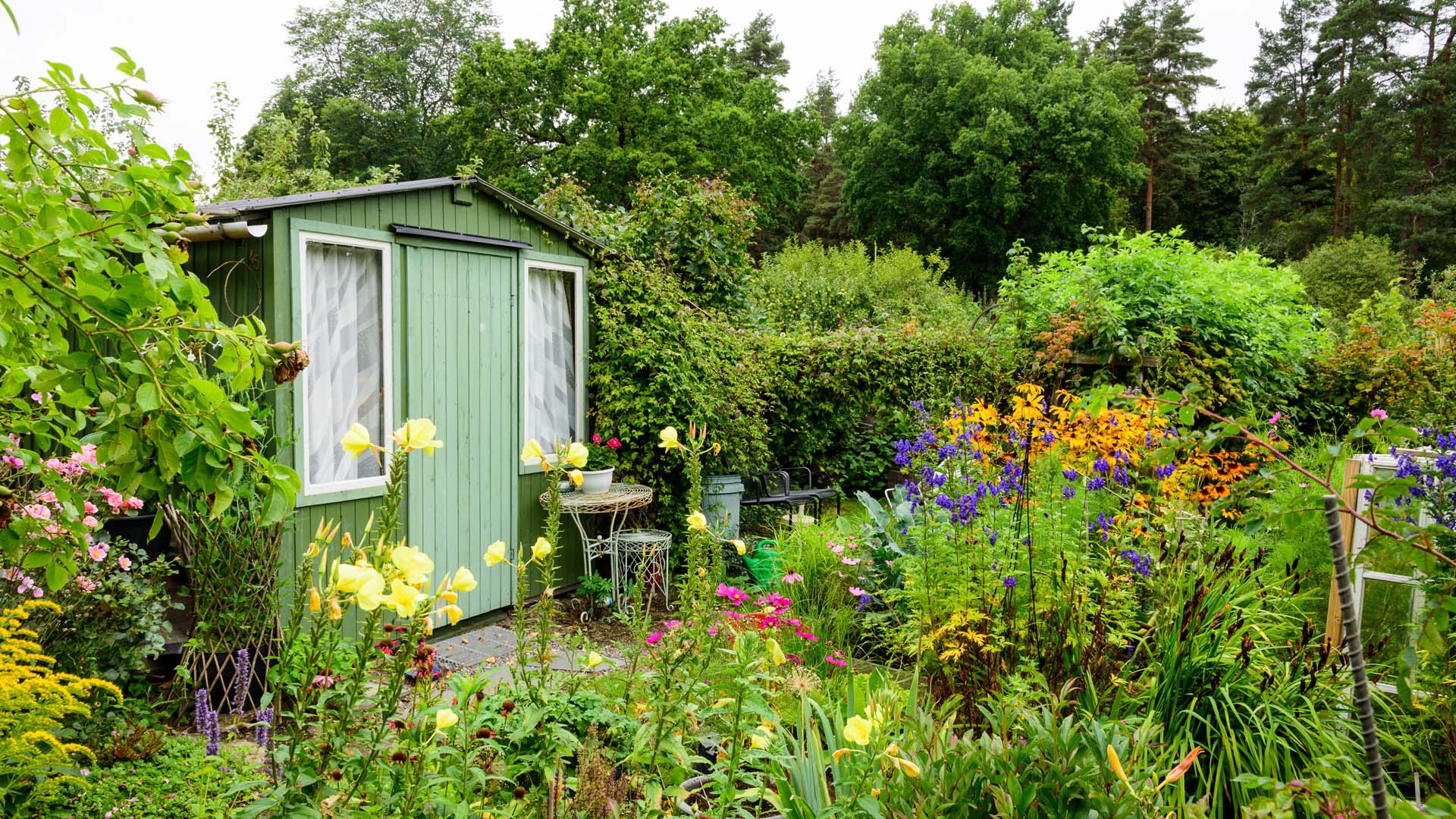
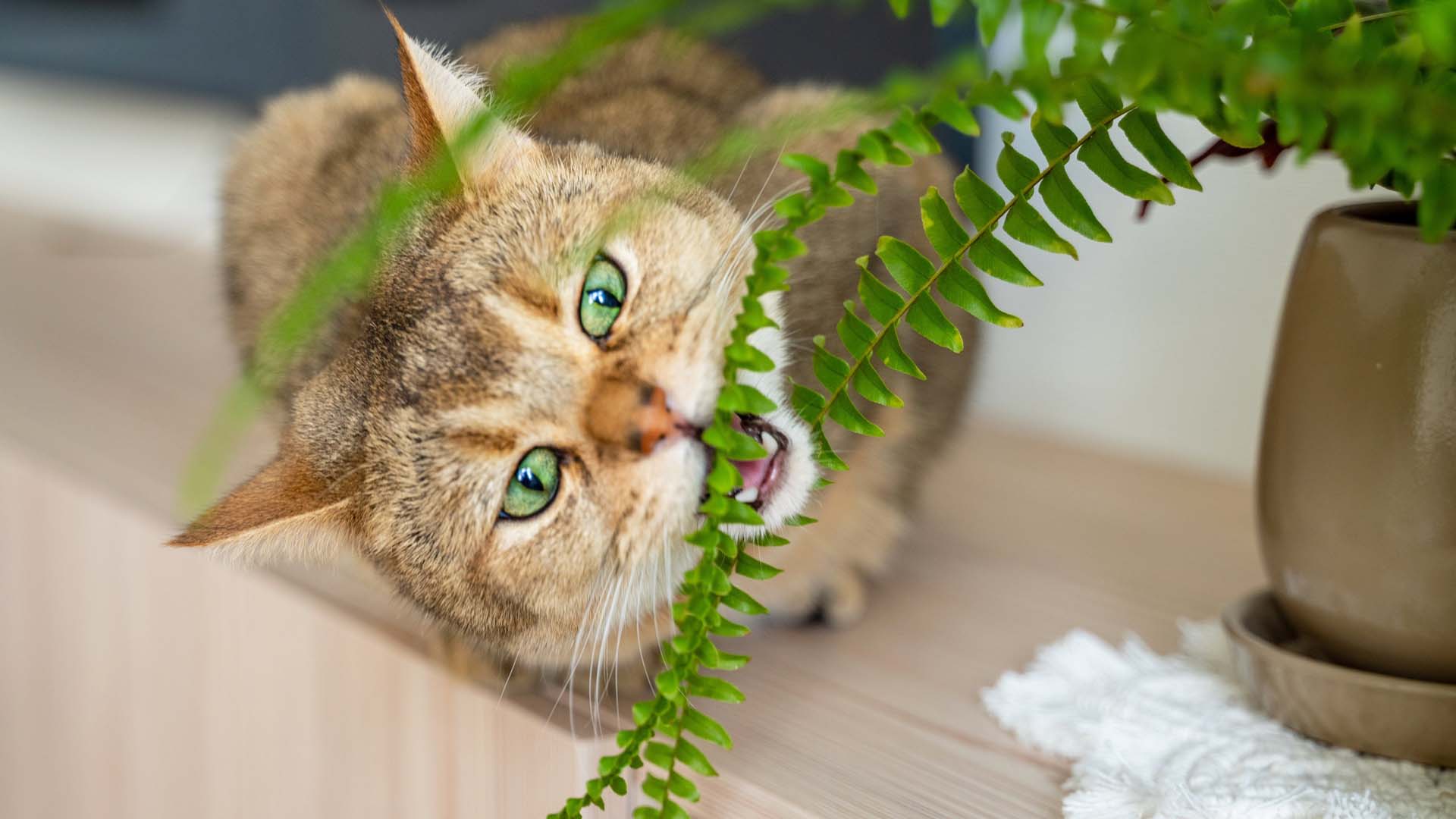
Pots at the ready – these safe houseplants for pets will help your house become tropical, not toxic.
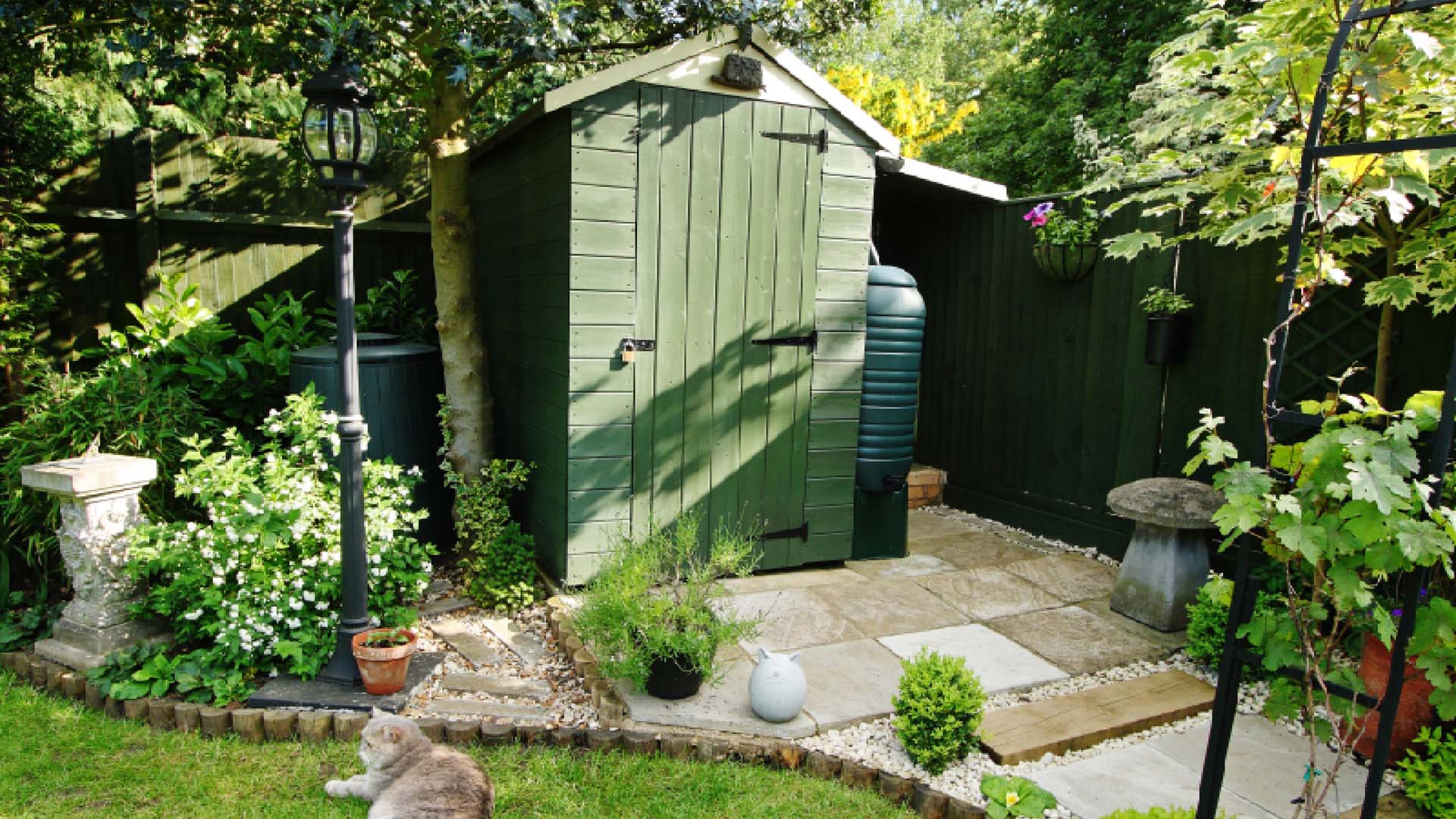
Size, height and where you put it are just some of the factors that will determine whether you’ll need planning permission for a shed.
